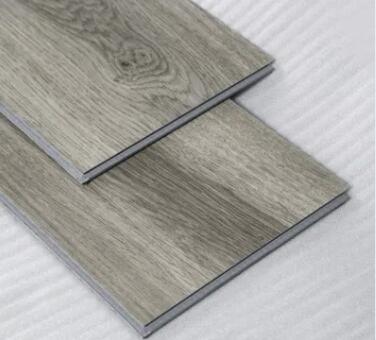Embracing Warmth: Exploring the Compatibility of Plastic Flooring with Underfloor Heating Systems
2023-12-13
Introduction:
As the quest for efficient and comfortable heating solutions continues, underfloor heating systems have emerged as a popular choice for many homeowners. However, with the diversity of flooring materials available, the question arises: Can plastic flooring be used harmoniously with underfloor heating systems? Let's delve into this inquiry, exploring the compatibility and considerations associated with combining plastic flooring and the warmth from below.
Understanding Underfloor Heating Systems:
Underfloor heating systems, whether hydronic (water-based) or electric, distribute warmth across a room by heating the floor itself. This radiant heating method offers several advantages, including uniform heat distribution, energy efficiency, and a luxurious warmth that emanates from the ground up.
Plastic Flooring and Compatibility:
Plastic flooring, which includes materials like vinyl, PVC, and laminate, has gained popularity for its versatility, durability, and aesthetic appeal. The question of compatibility with underfloor heating systems hinges on the specific type of plastic flooring and the system in use.
1. Vinyl Flooring:
Vinyl flooring, known for its resilience and water resistance, is generally well-suited for use with underfloor heating. However, it's crucial to check with the flooring manufacturer to ensure that the specific product is compatible with the heating system and does not have temperature restrictions.
2. PVC Flooring:
Polyvinyl chloride (PVC) flooring, commonly found in luxury vinyl tiles (LVT) and other resilient flooring options, is often compatible with underfloor heating. Again, verifying the product's specifications and checking for any limitations is essential.
3. Laminate Flooring:
Laminate flooring, which consists of a fiberboard core, may have limitations with underfloor heating systems. Some products may be compatible, while others may have restrictions on maximum temperature or may require specific installation methods. It's essential to consult with the flooring manufacturer for guidance.
Considerations and Best Practices:
1. Temperature Limitations:
Different plastic flooring materials may have temperature limitations. Ensure that the underfloor heating system operates within the recommended temperature range specified by the flooring manufacturer to prevent damage and maintain the flooring's integrity.
2. Subfloor Preparation:
Adequate subfloor preparation is crucial for the efficient operation of underfloor heating. Ensure that the subfloor is smooth, level, and free from any debris that could impact heat distribution. Follow the flooring manufacturer's recommendations for subfloor conditions.
3. Installation Guidelines:
Adhere to the installation guidelines provided by both the underfloor heating system and the plastic flooring manufacturer. Proper installation is key to ensuring that the heating system functions optimally without causing damage to the flooring material.
4. Thermal Conductivity:
Consider the thermal conductivity of the flooring material. Some plastics may transmit heat more effectively than others. Understanding the thermal properties of the flooring helps optimize the performance of the underfloor heating system.
Conclusion:
The combination of plastic flooring and underfloor heating systems is indeed feasible, with careful consideration of specific materials, temperature limitations, and adherence to manufacturer guidelines. As homeowners seek energy-efficient and comfortable heating solutions, the compatibility of plastic flooring with underfloor heating opens up possibilities for warmth, durability, and aesthetic appeal in living spaces. Always consult with both the underfloor heating system and flooring manufacturers to ensure a seamless integration that brings comfort to every step.



